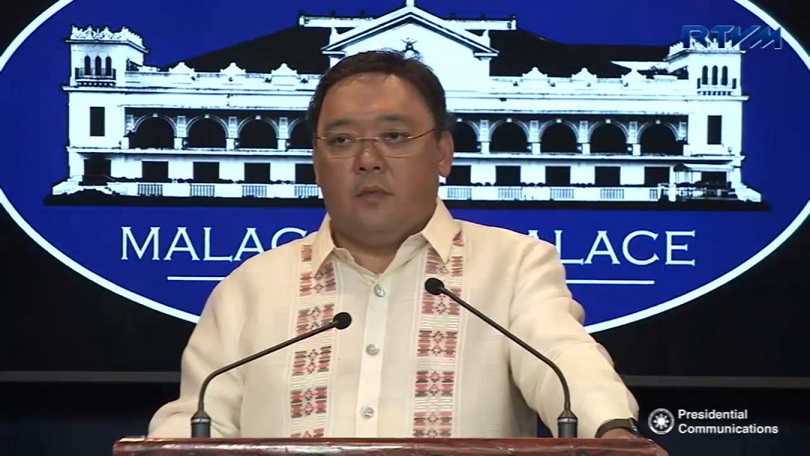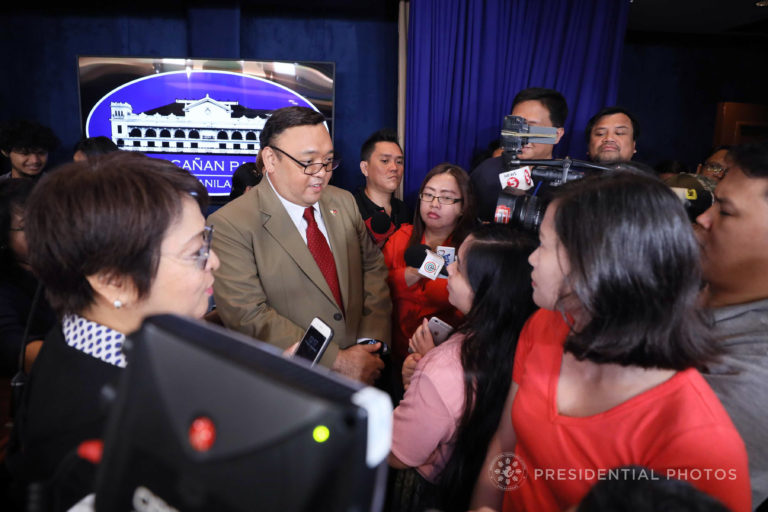Palace spokesperson Harry Roque said the peso is “traditionally” strongest in December, a claim belied by official data.
STATEMENT
Asked about the weakening peso to the United States dollar in a Sept. 7 press briefing in Amman, Jordan, Roque said:
Well, traditionally, the peso becomes strongest in December because of the remittances… As soon as the remittances come in for December, tataas po muli iyang peso, makikita po nating lahat iyan (the peso will be strong again, we will all see). (That’s) tried and tested po iyan.
Source: Presidential Communications Operations Office, Press Briefing of Harry Roque, Amman, Jordan, Sept. 7, 2018, watch from 27:03-27:18
FACT
Roque is wrong; for three decades, December is when the peso is often weakest versus the U.S. dollar, Bangko Sentral ng Pilipinas data show.
From 1986 to 2017, the average monthly peso-to-dollar exchange rate was weakest in December 12 times, or around once every three years: in 1989, 1990, 1995, 1996, 1997, 1999, 2000, 2002, 2003, 2013, 2015 and 2016.
January was when the peso is strongest, nine times, during the 32-year period; December follows, seven times.
Last year, the peso was strongest on the average in January, and weakest in October.
Prior to 1986, the foreign exchange market in the country was highly regulated.
Sources
Presidential Communications Operations Office, Press Briefing of Harry Roque, Amman, Jordan, Sept. 7, 2018.
Bangko Sentral ng Pilipinas, Peso-Dollar Exchange Rate Statistics (Excel file).
BSP Working Paper Series, Adjustments in the Face of Peso Volatility: Perspective from the Past and Policy Directions, December 2008, p. 4.
Cayetano W. Paderanga Jr., The Macroeconomic Impact of Remittances in The Philippines, Nov 26. 2014, p. 4.
(Guided by the code of principles of the International Fact-Checking Network at Poynter, VERA Files tracks the false claims, flip-flops, misleading statements of public officials and figures, and debunks them with factual evidence. Find out more about this initiative and our methodology.)





